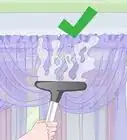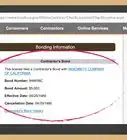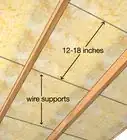This article was co-authored by Josh Goldenberg. Josh Goldenberg is a Residential Remodeling Expert and the Co-Founder of 5blox, based in the Greater Los Angeles area. With more than seven years of experience, Josh and his team specialize in luxurious and sustainable home renovations. 5blox is fully licensed and bonded.
There are 7 references cited in this article, which can be found at the bottom of the page.
This article has been viewed 24,707 times.
The process to obtain a building permit in California can be rather complicated, but do not panic. Almost all work done on a building requires a permit. Many of the permits, such as re-roofing or replacing broken mechanical equipment, do not involve the process described and can be handled as "over-the-counter" permits.
Steps
Obtaining the Building Permit
-
1Handle your building permit search without much stress. Obtaining a building permit can be complicated, however, if you follow the steps noted below and keep calm, the process can be managed without much to-do. In order to keep stress at a minimum, be sure to include the permit fees and the design fees in your budget as these fees maybe substantial. Many of the steps described below can be managed by licensed architects and engineers, or a licensed Building Contractors as part of their work. Use and rely on them to make your life easier!
-
2Check the website of your town or city. Almost every city has a detailed description of what work requires a permit, the permitting process, a list of documents required for the permit application and the fees for that permit.[1]
- Even with a very good description of the process and the list of documents, it is advisable to contact the local building department. Have someone there talk you through the process. Also ask them about the amount of time required for the review process. This opens a positive relationship with the Building Department that will help if any problems develop in the future.
- You may have to submit your request for a building permit over email.[2]
Advertisement -
3Seek the approval of your local Homeowner's Association (optional). If you are a member of a Homeowner's Association it is likely you will also need approval of that Association to proceed with any work. Be forewarned that most Homeowner Associations have design review clauses that cover every aspect of the exterior of the house, including paint color.
-
4Know that any changes to the structure of the building will require the services of a California licensed civil or structural engineer. This includes removal of support walls within the building or new openings on the exterior walls of the building.
-
5Comply with the current California Building Code (CBC). Each town or city may modify this code, but their modifications must be more restrictive than the CBC. If you are working within an older building you may need to update the entire system within the building.[5]
- For example, within buildings more than 75 years old you may find an electrical system that is now regarded as dangerous. A renovation of part of that building may trigger a requirement to update the entire electrical system.
-
6Know your options for homes designed as historic by your city. Homes which are designated as "historic" are usually either 50 years old or have a special function or backstory.[6] Homeowners of historic buildings can routinely expect longer delays in the processing of their building permit requests.
- As with "normal" houses, owners who are simply making an electrical, water heater, or other cosmetic fix may not need to obtain a building permit for their renovations. It's best, however, to check with the city beforehand.
- "Historic integrity" may need to be maintained with homes in designated historic preservation districts. This means that it needs to look reasonably like what it looked like originally. If you plan on adding roofing, windows, siding, or exterior remodel or a historic house, consult with the city about what's expected.
-
7Follow the submittal requirements to the letter. The first thing any plan checker will do is review the submittal for completeness. An incomplete submittal will only delay your project. If you are not able to obtain some of the documents required, check with the Building Department to see if they have them in their files. If not, you will need to have them prepared by licensed professionals. Many older buildings do not have surveys, site plans, or even building documents on file or available to the owner.
Seeing the Project to Completion
-
1Keep a positive attitude. Many Building departments are understaffed and the review process takes more time than it used to. A positive interaction with the Building officials will help you get the review completed as quickly as possible and help you get past any problems that develop in the review process.
-
2Allow for an inspection. Once the permit is obtained the work covered by the permit must be inspected by the Building department. Each permit will include a list of the required inspections. Do not proceed to cover up work that is to have been inspected or you will find yourself removing all of that work to expose the work that was to be inspected.[7]
- All deviations from the approved documents must be reported to the Building Department. The deviation must be approved by them and there is likely to be an extra fee for them to review that work.
-
3Get a final inspection. Once all of the work is complete, be sure to get a "final inspection" from the Building Department. This means all of the work is judged to be in conformance with code and to be properly constructed. This is an important document that will increase the value of your building. Undocumented work will decrease the value of your building.
Expert Q&A
-
QuestionIs it hard to get a building permit in California?
 Josh GoldenbergJosh Goldenberg is a Residential Remodeling Expert and the Co-Founder of 5blox, based in the Greater Los Angeles area. With more than seven years of experience, Josh and his team specialize in luxurious and sustainable home renovations. 5blox is fully licensed and bonded.
Josh GoldenbergJosh Goldenberg is a Residential Remodeling Expert and the Co-Founder of 5blox, based in the Greater Los Angeles area. With more than seven years of experience, Josh and his team specialize in luxurious and sustainable home renovations. 5blox is fully licensed and bonded.
Residential Remodeling Expert It's not necessarily hard, but it definitely takes longer than it used to. Before the pandemic, you could schedule a 1-hour appointment at city hall and get a permit the next day. Now, most of the permit application processes are done over email, which can take 1 to 2.5 weeks to get approved.
It's not necessarily hard, but it definitely takes longer than it used to. Before the pandemic, you could schedule a 1-hour appointment at city hall and get a permit the next day. Now, most of the permit application processes are done over email, which can take 1 to 2.5 weeks to get approved.
References
- ↑ http://www.cslb.ca.gov/Consumers/Hire_A_Contractor/Building_Permit_Requirements.aspx
- ↑ Josh Goldenberg. Residential Remodeling Expert. Expert Interview. 25 January 2022.
- ↑ https://www.nolo.com/legal-encyclopedia/home-improvement/when-homeowners-must-obtain-permits-for-home-projects.html
- ↑ https://www.investopedia.com/financial-edge/1012/home-improvements-that-require-permits.aspx
- ↑ https://codes.iccsafe.org/content/document/653?site_type=public
- ↑ https://sfplanning.org/historic-preservation-faqs
- ↑ https://sfdbi.org/frequently-asked-questions



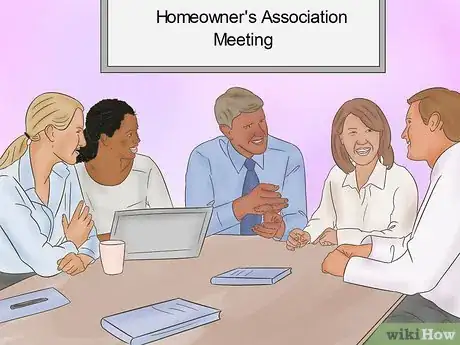



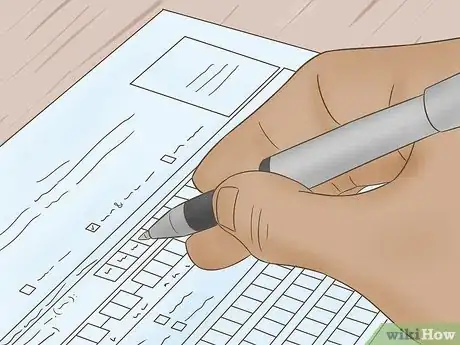


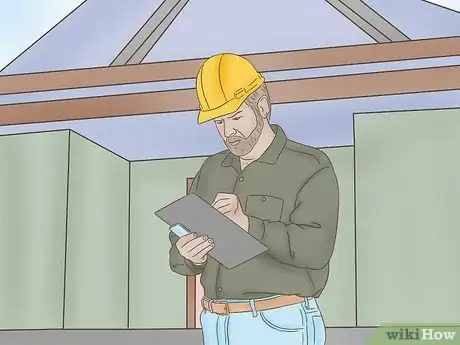
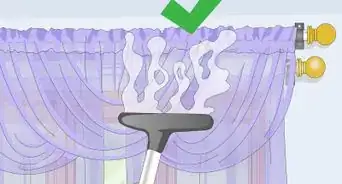

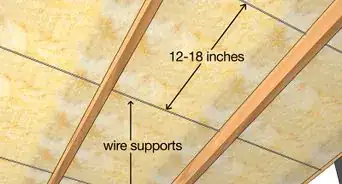










-Step-14.webp)






